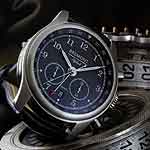 The Bremont Codebreaker, one of the year’s most shrouded-in-secrecy new watch releases, teased at during Baselworld and at the Las Vegas watch and jewelry shows, finally made its United States debut (albeit only as a prototype) this summer. Click here for the story behind this limited-edition watch and the milestone in British history that inspired it.
The Bremont Codebreaker, one of the year’s most shrouded-in-secrecy new watch releases, teased at during Baselworld and at the Las Vegas watch and jewelry shows, finally made its United States debut (albeit only as a prototype) this summer. Click here for the story behind this limited-edition watch and the milestone in British history that inspired it.
Bremont, founded in 2002 by siblings Nick and Giles English, takes great pride in its position as one of the few watch brands based in Great Britain; while the company still uses Swiss movements and parts, it has gradually moved more and more of its production to England, and now assembles many of its timepieces in its workshop in Henley-on-Thames, in South Oxfordshire. The pride in its nation and history is evident in several of the timekeepers it has produced, such as its mechanical clock for Jaguar’s XJ75 concept car and, most notably, last year’s HMS Victory limited edition, a timepiece made in cooperation with the National Museum of the Royal Navy. That watch, which honored the legendary 18th century warship piloted by Lord Nelson at the Battle of Trafalgar in 1805, incorporated pieces of oak timber from the original vessel in its case. The Codebreaker follows in this tradition, taking its inspiration from another period of British military history, namely that of the second World War. Instead of paying tribute to heroic sailors, as did the HMS Victory, the Codebreaker commemorates the cryptologists at the United Kingdom’s Government Code and Cipher School (GC7CS) at Bletchley Park, which famously contributed to the Allied war effort by decrypting the codes of the Germans’ Enigma and Lorenz machines.
Click below to watch Bremont’s movie from Baselworld 2013, with background on its collection of watches and secrets behind the development of the Codebreaker.
For more watch videos, including original videos shot exclusively for WatchTime, click here to visit our YouTube page.
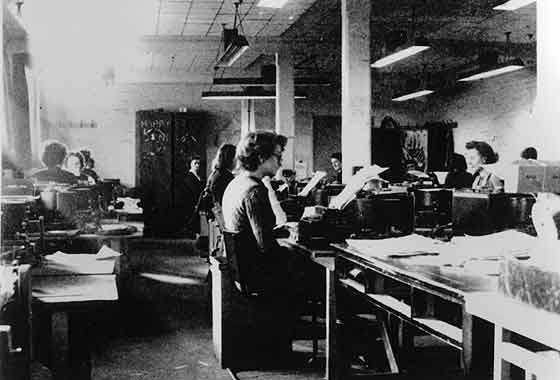
The watch, which will be limited to 240 pieces in stainless steel and 50 in rose gold, is inspired by classic 1940s officers’ watches and will include several features, including significant historical artifacts, linking it directly to the renowned WWII codebreaking center, once one of the U.K.’s most closely guarded secrets. The work of the Bletchley Park codebreakers is believed to have not only shortened the War by two years, saving countless lives, but also to have been instrumental in kicking off the modern age of computing.
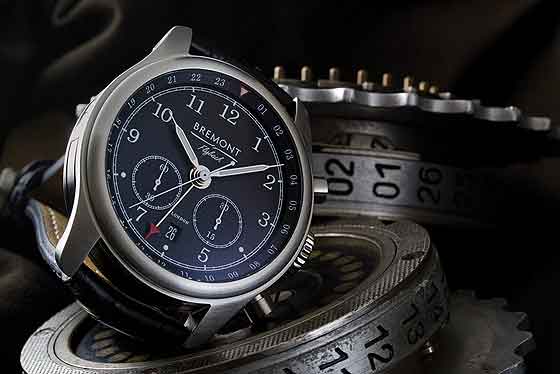
The first direct reference to Bletchley Park and its historic devices is in the rotor of the watch’s movement, which contains original material from the rotor of the Enigma machine, originally used by the Germans to scramble messages into unintelligible cyphertext. With the help of the Polish scientists who had originally worked with Germany to develop the technology, the British and the French began breaking these codes in January 1940.
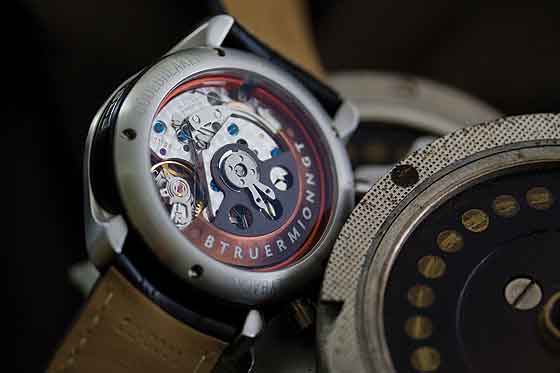
The caseback of the Codebreaker watch and the rotor have been designed to echo the look of a drum from the Bombe machine, developed by the so-called “father of computer science and artificial intelligence,” Alan Turing, who worked at Bletchley Park during WWII. The Bombe machine was used to speed up the breaking of the Enigma code so that messages were still operationally relevant (the Germans reset the codes every day at midnight). An early predecessor of modern computers, the machine deduced the day’s settings by eliminating all the incorrect possibilities.
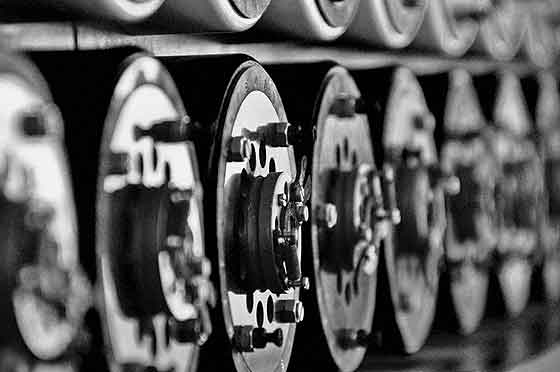
The other historical artifacts incorporated into the Bremont Codebreaker are the punch cards, made by the British Tabulating Machine Company, which were used in the decryption machines and then boxed up after the end World War II. With more than 2 million generated every week at the height of the War, only half a box remained when they were discovered recently as the GC&CS, long since moved from Bletchley Park to Cheltenham, was preparing to release records to the National Archives. Bremont managed to procure five of the remaining cards, using remnants of them in the side of each watch case to display the watch’s limited-edition serial number. In addition, fragments of the pinewood floorboards from Bletchley Park’s Hut 6, where Turing worked and where Enigma was cracked, have been integrated into the crowns.

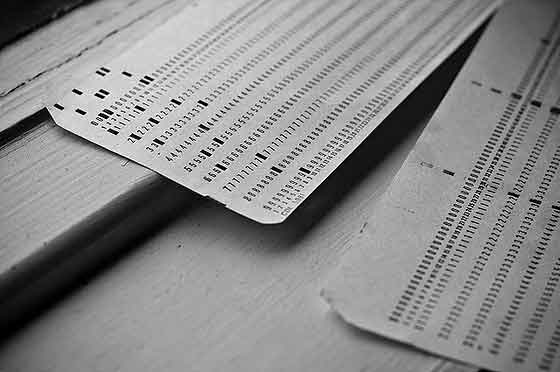
The Bremont Codebreaker is also notable for its movement, used here for the first time, which includes a flyback chronograph as well as a GMT function and date indication. The automatic movement, called Caliber BE-83AR, is 13 1/4 mm in diameter and 7.9 mm thick, contains 39 jewels and beats at a frequency of 28,800 vph. It has a power reserve of 46 hours. The 43-mm case boasts Bremont’s “Trip Tick” three-part construction, and both the steel and rose gold versions feature an etched sapphire exhibition caseback. The front sapphire crystal is domed and has been treated to be both nonreflective and scratch-resistant. The case is water resistant to 100 meters, and comes on a leather strap. As indicated by the “London” on its dial, this watch that commemorates a epochal moment in British history is manufactured at Bremont’s workshop in Henley-on-Thames. Bremont has not yet released U.S. prices or release dates for the Codebreaker.
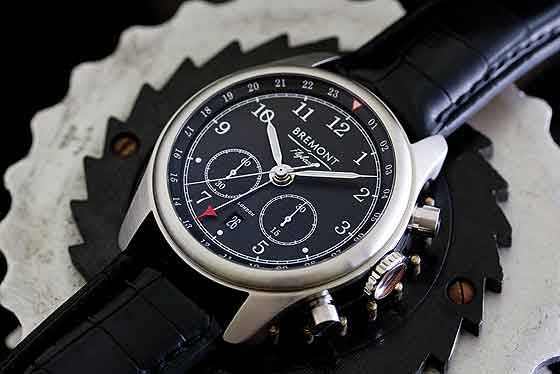
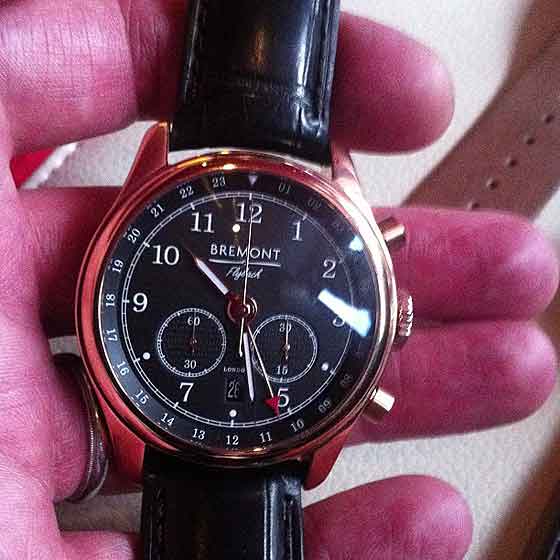

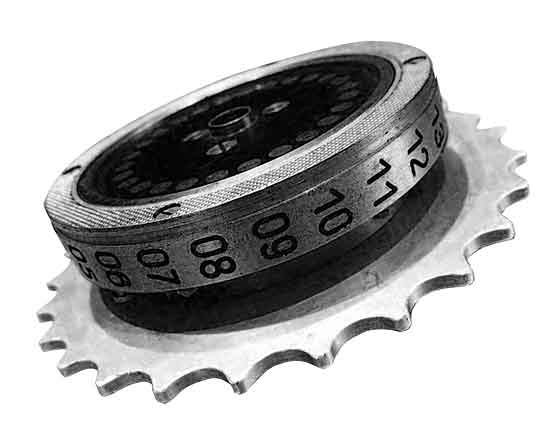

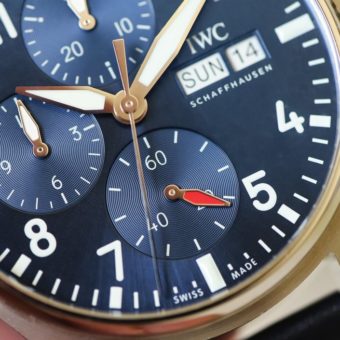
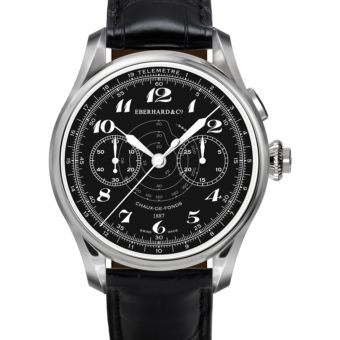
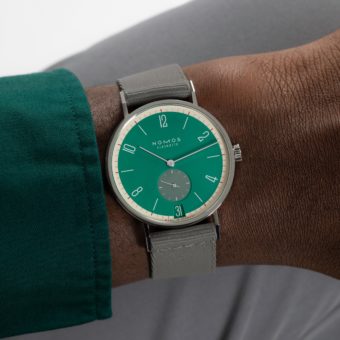
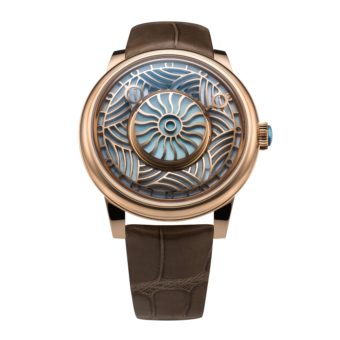
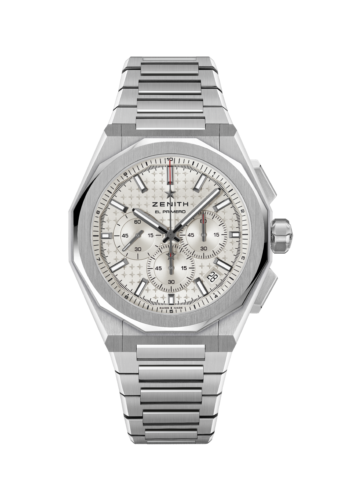
I am looking for a replacement watch. I bought a Breitling in 1990 – 1991′ I loved the watch, but every maintenance cost over $1,000. I gave up on it,abounded it with a jeweler over yrs ago when they wanted over $1700. To st up to speed. My Timex has been great, but now required a new winding/adjusting knob, so am doing more research this time. Please Sen any suggestions.
Very dull, uninspiring design.